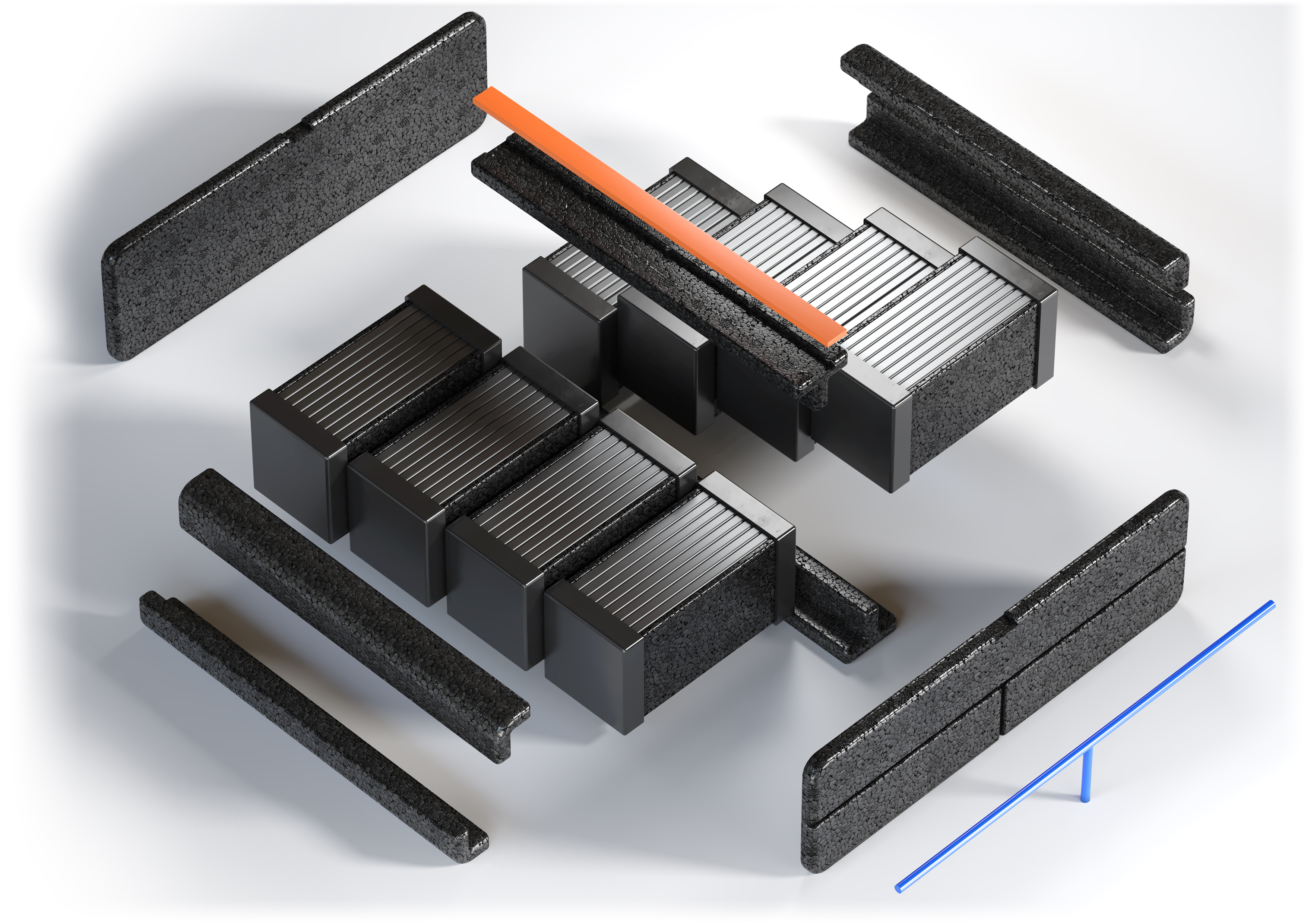Eco-friendliness is the key argument for switching to electric cars – the use of solar panels makes it possible for such vehicles to be even more environmentally friendly. The first models operating with this technology have already begun to appear on the market. Are solar-powered cars the future of motoring?
Why solar-powered cars are the future?
The development of electromobility in Europe, as in the rest of the world, has been steadily gaining momentum for several years. Electric vehicles are also becoming more common on our roads, thanks in part to the increased emphasis on reducing the negative environmental impact of car traffic, which is a major problem for example in the largest cities. However, other advantages of electric cars – such as lower production and operating costs compared to internal combustion vehicles, should also be taken into account.
Solar power as an innovative, efficient and environmentally friendly solution
The growing interest in electric cars – and the consequent increase in the scale of production – means that there is increasing discussion of replacing internal combustion vehicles altogether. Although we are still quite some time away from that point, some trends in this direction can already be seen. From the users' perspective, the greatest incentive is the innovation of the proposed solutions; the growing awareness of climate risks is also important. However, certain challenges that are slowing down the development of this area of motorization cannot be overlooked – these include the adaptation of charging infrastructure.
Solar roof cars – the answer to too few charging stations
Currently, there are more than 365,000 publicly accessible EV charging stations in Europe (data according to ChargeUp Europe), while the number of registered electric cars is already more than 5 million (European Commission). BEVs, or fully electric cars, account for roughly half of this group. As a result, there are about 7 BEVs per charging point – a result that is in line with the EU recommendation of a ratio of less than 10 cars per station. Of concern, however, is the very uneven distribution of infrastructure across countries. More than half of the stations are located in two countries, the Netherlands and Germany, while countries in Central and Eastern Europe still have some work to do in this regard.
Solar roofs help extend range of electric cars
As statistics show, charging electric cars is currently the most significant challenge for the electromobility industry. However, the problem lies not only in the sheer number of charging stations, but also in the relatively short range of individual models. Drivers can opt for different types of electric cars, which use only electric drive or a system combined with internal combustion drive. All of them have one thing in common, though: limited range, which in many situations does not meet the needs of modern drivers.
The potential of solar-powered cars
One answer to the problem of charging and range of electric cars is the use of solar panels. The development of solar-powered cars has been an important topic in recent years. First of all, experts emphasize the considerable potential of this technology – thanks to solar panels, even a relatively small electric battery can allow comfortable driving without frequent recharging. In addition, such a solution is even more beneficial for the environment than standard electric cars – this is due to the fact that the energy is drawn from an infinitely renewable source.
Electric cars with photovoltaic cells – are they available now?
In early June 2022, the world's first partially solar-powered car was unveiled – the “0” model from Dutch startup Lightyear. The vehicle is equipped with a socket for charging the car in the traditional way, as well as 5 m2 of double-layer solar panels placed on the roof. These allow for efficient energy consumption both on the move and while stationary, which translates into an additional 70 km of range per day. On top of this, it is worth noting the aerodynamic body and low overall weight (just over 1.5 tons) – other factors that contribute to driving economy.
According to current information, the model is expected to go into mass production in late 2024/early 2025; it is possible that by then there will also be similar proposals from other manufacturers. One example is the Hyundai Sonata model, which is to be equipped with photovoltaic panels built into the vehicle's roof.
What batteries do solar-powered electric cars require?
The battery life of electric cars currently leaves much to be desired, which still means that a large number of drivers are not convinced by cars of this type. Currently, lithium-ion batteries are the most common solution, but their capacity decreases with use, requiring more and more frequent visits to charging stations. In addition, it is worth noting that the production of such batteries itself also has a considerable environmental impact, which in many cases can be made up only after several years of vehicle use. Some brands are already switching to lithium-iron-phosphate batteries, which are free of cobalt and nickel, making it a greener option. It is worth noting that both types of batteries can be used together with solar panels. The future of electric cars is a topic that leaves many questions unanswered at this point – but we can expect that the dominant trend will be the introduction of solutions with an increasingly low environmental impact.
Construction solutions for electric cars from Knauf Automotive

To respond to the growing needs of electric car users, attention must also be paid to design and material solutions that guarantee optimal operating conditions for EV batteries. Knauf Automotive's portfolio includes, among others, automotive car battery packs that include innovative insulation components made of foamed EPP plastic. The use of this material provides effective thermal and electrical insulation. Moreover, it is heat-resistant and very lightweight, making it very suitable for EVs.